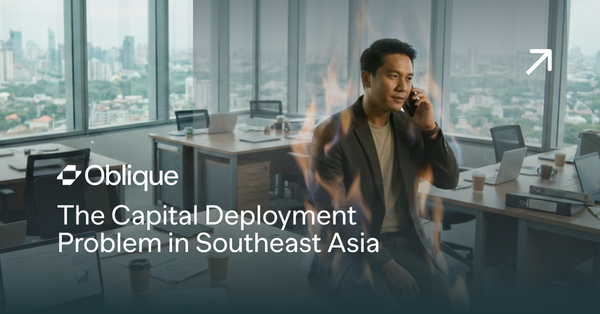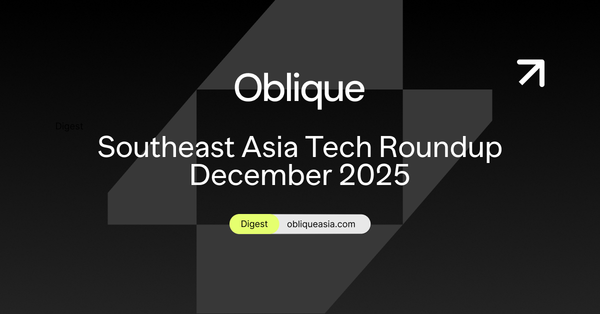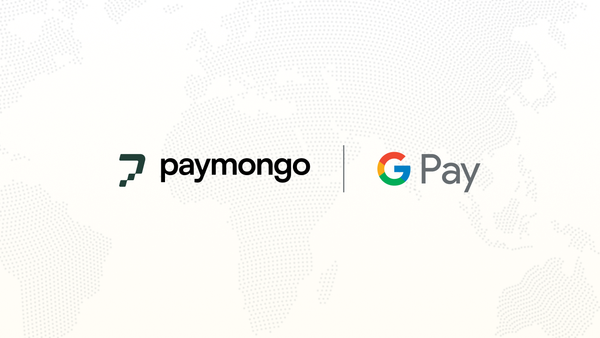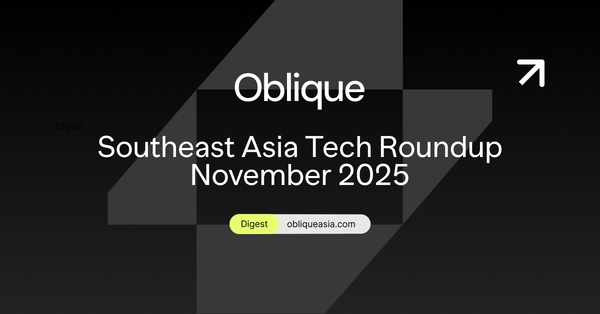Why the Future of Southeast Asia’s Fintech Lies in Infrastructure
The next wave of fintech in Southeast Asia won’t come from super apps—it’ll come from the APIs, rails, and middleware powering them. Here’s why infrastructure is where the real growth, scale, and defensibility now live.
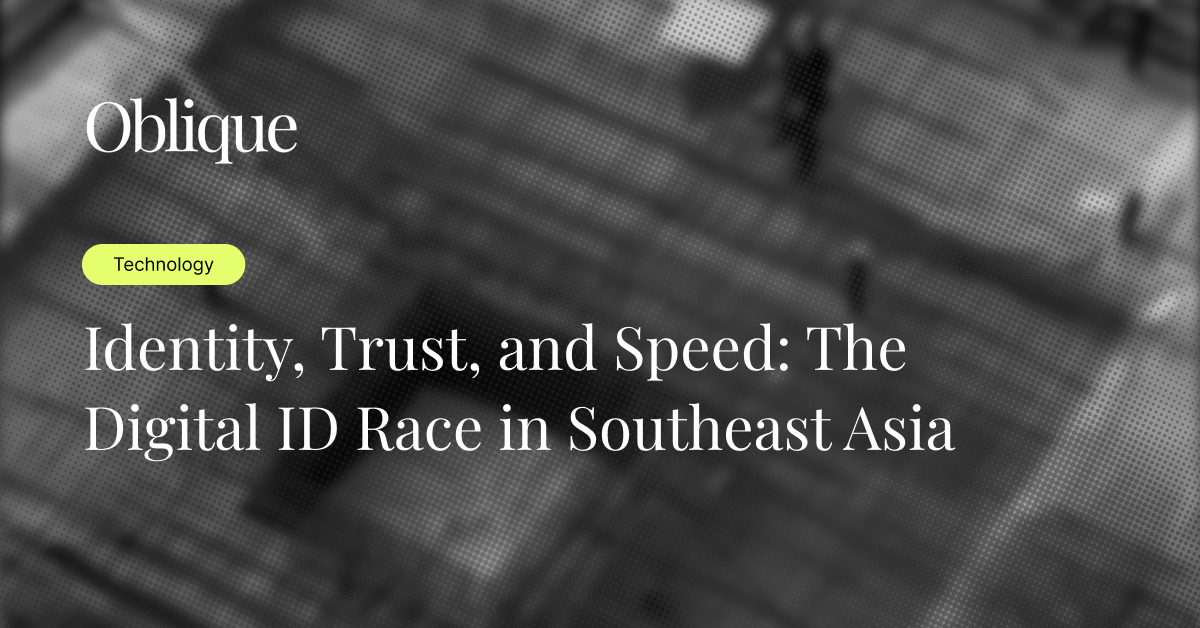
Southeast Asia’s fintech revolution is entering its infrastructure era. For a decade, headlines were dominated by e-wallet wars, neobank launches, and the rise of super apps. But in 2025, a new story is taking hold: one that plays out far from consumer screens. Founders and investors are shifting their focus to the invisible layer—the APIs, ledgers, and rails that power real-time transactions, financial data sharing, and embedded finance across the region.
This isn’t just a market correction. It’s a tectonic shift.
The most important battles in fintech are now fought in the backend.
From Apps to APIs: A New Frontier
The consumer layer is saturated. Every major market now has a full suite of digital wallets, mobile banks, and lending apps. Margins are tightening. Growth is slowing. And differentiation is harder than ever.
Meanwhile, the infrastructure layer—once overlooked as too technical or “unsexy”—has become the most strategic terrain in fintech. Why? Because it’s where control, scale, and defensibility now live.
Infrastructure players don’t just serve one app—they power dozens.
They don’t rely on switching costs—they are the switching layer.
And they don’t compete for eyeballs—they own the rails others build on.
Southeast Asia’s next breakout fintechs won’t be apps at all.
They’ll be the infrastructure everyone else depends on.
Open Banking Momentum
Across ASEAN, regulators are laying the groundwork for an open banking future—albeit at different speeds and philosophies:
- Singapore leads the region with MAS-backed frameworks, strong bank participation, and ecosystem champions like SGFinDex and PayNow.
- Indonesia has committed to an Open API roadmap with adoption timelines by 2025. Its population-scale digital economy makes interoperability non-negotiable.
- Malaysia has matured significantly, with Bank Negara supporting sandbox pilots and fintech partnerships despite a lighter-touch regulatory posture.
- Thailand is shifting to standardized APIs, with flexibility and optionality built into its national strategy.
- Philippines takes a “nudge, not mandate” approach—encouraging banks to open up without requiring full openness (yet).
The common thread? Every market is converging on the API as the new currency of fintech collaboration.
And as open banking evolves from compliance checkbox to strategic enabler, infrastructure builders will hold the keys to faster go-to-market, better data, and multi-market scale.
The Aggregator Advantage
Of course, open APIs are only as valuable as they are usable. That’s where API aggregators like Brankas come in.
Instead of forcing fintechs to build dozens of custom integrations—each with different standards and uptime guarantees—Brankas offers a single platform to access multiple banks across markets. Think Plaid, but designed for Southeast Asia’s fragmented and mobile-first context.
- 10M+ monthly API calls
- 80+ bank and partner integrations
- Coverage across PH, ID, TH, SG, VN, and BD
This “middleware” layer has become the backbone of fintech innovation. It’s not consumer-facing—but it’s powering the apps, wallets, and lenders you use every day.
And it’s not alone. Similar models are emerging across use cases:
- Brick built APIs covering 90%+ of Indonesia’s banks
- Finantier, Finverse, and others are playing in the data portability and credit scoring space
- BaaS (Banking-as-a-Service) platforms are enabling embedded finance use cases at scale
The infrastructure layer is now a competitive moat—and a venture-scale opportunity in its own right.
Final Takeaway
If you're building or investing in Southeast Asia’s fintech future, don’t just look at logos on a homepage. Look under the hood.
The real growth story of the next five years won’t be what users see. It’ll be what every app depends on.


